Investing in art has traditionally been seen as the domain of the ultra-wealthy, with famous names like Picasso capturing the lion’s share of attention and investment dollars. However, there’s a burgeoning market that is gradually gaining traction: insider art. This genre, which includes works created by artists who haven’t yet caught the mainstream radar, offers investors not only the potential for significant financial gain but also the satisfaction of discovering and nurturing emerging talent. But why might this art be worth more than a Picasso? Let’s explore ten ways you can invest in insider art and why it might just be the next big thing.
1. Discover Emerging Artists Early
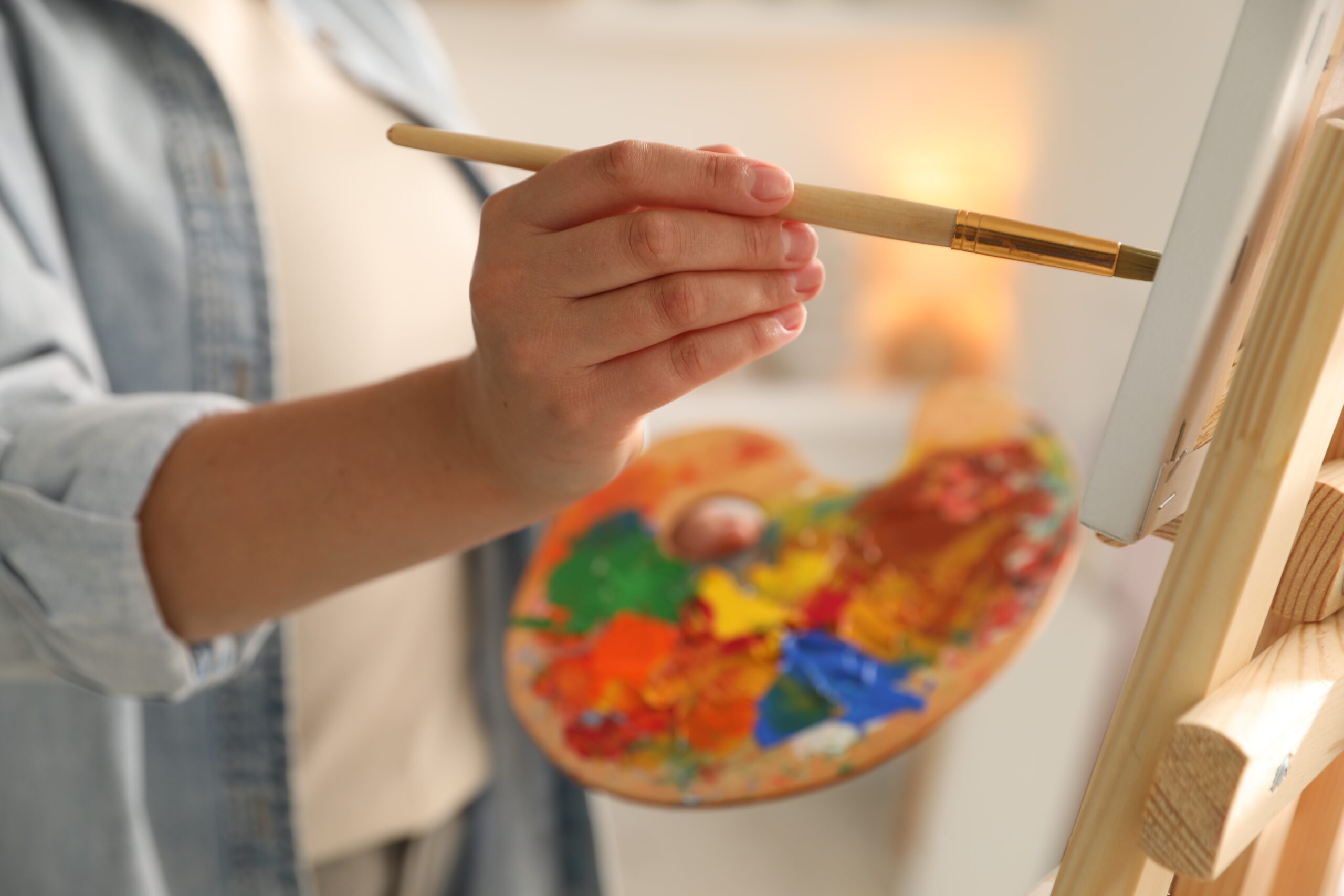
One of the most exciting aspects of investing in insider art is the opportunity to discover emerging artists before they hit the mainstream. Similar to spotting an indie band just before they sign a major record deal, the thrill of supporting an artist from the outset can be incredibly rewarding. By attending small gallery openings, art fairs, or even browsing platforms like Instagram, you can find artists who are just beginning their journey.
According to Forbes, a benefit of investing in emerging artists is the potential for high returns. If you can identify an artist with the potential to gain widespread acclaim and buy their work early, there’s a chance your investment could appreciate significantly in value. This is particularly true in today’s digital age, where an artist’s work can go viral overnight, exponentially increasing their market value. Supporting these artists also allows you to be part of their growth story, creating a personal connection that goes beyond monetary investment.
2. Leverage Online Art Platforms

In recent years, online art platforms have revolutionized the way collectors and investors access insider art. Websites like Saatchi Art and Artsy have made it easier than ever to find and purchase works from emerging artists around the globe. This democratization of art buying means that you don’t have to live in a major city or attend exclusive art fairs to access high-quality insider art.
Moreover, online art platforms often feature recommendations and curated collections, helping potential investors discover new artists and trends they might otherwise miss. Many platforms also offer the option to follow artists, providing updates on new works and exhibitions, keeping you in the loop of their artistic journey. The convenience and accessibility of these platforms mean that you can invest in art from the comfort of your home, broadening the possibilities of your collection without geographical constraints. Additionally, online reviews and social media buzz can provide valuable insights into an artist’s reception and potential for growth.
3. Attend Art Fairs and Biennales
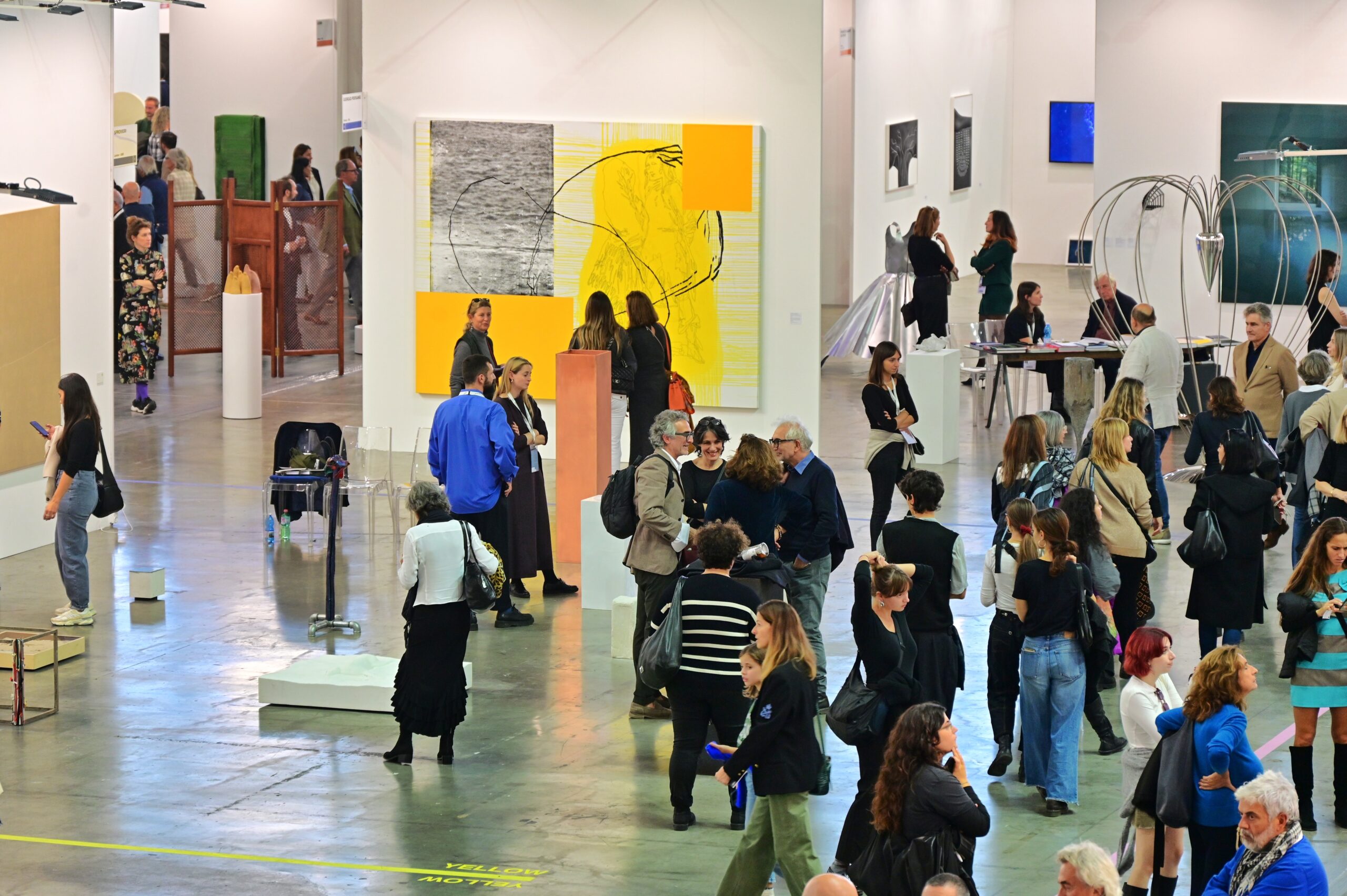
Art fairs and biennales are fantastic venues for discovering insider art and connecting with artists, curators, and other investors. These events gather a diverse array of artists from different backgrounds and regions, offering a snapshot of current trends and future directions in the art world. Attending such events allows you to see art in person, which can provide a better understanding of its scale, texture, and impact—factors that can be hard to gauge online. The Venice Biennale, for instance, is a renowned event where many emerging artists have first gained international attention, according to The New York Times.
Beyond the immediate visual appeal, art fairs and biennales offer the chance to network with gallery owners, other collectors, and art professionals. These connections can provide valuable insights into the art market and emerging talent. Moreover, by engaging directly with artists, you can learn about their creative process, motivations, and future projects, all of which can inform your investment decisions. The immersive experience of an art fair can also deepen your appreciation for the art, making your investments feel more personal and meaningful.
4. Follow Art Critics and Influencers

Art critics and influencers play a significant role in shaping public opinion and market trends in the art world. By following their reviews, articles, and social media content, you can gain insights into which artists are gaining traction and which trends are emerging. Critics often have a keen eye for quality and innovation, and their endorsements can propel an artist’s career, making their work more valuable. Additionally, influencers often showcase art in accessible and engaging ways, breaking down barriers for new collectors and investors.
However, it’s essential to follow a diverse range of voices to get a well-rounded view of the art scene. Critics and influencers may have biases or preferences that skew their recommendations, so cross-referencing their opinions with your own research is crucial. Engaging with these voices also allows you to become part of the broader art community, participating in discussions and debates that can further inform your investment strategy. By staying informed and connected, you increase your chances of identifying promising insider art before it becomes widely recognized.
5. Build Relationships With Art Galleries
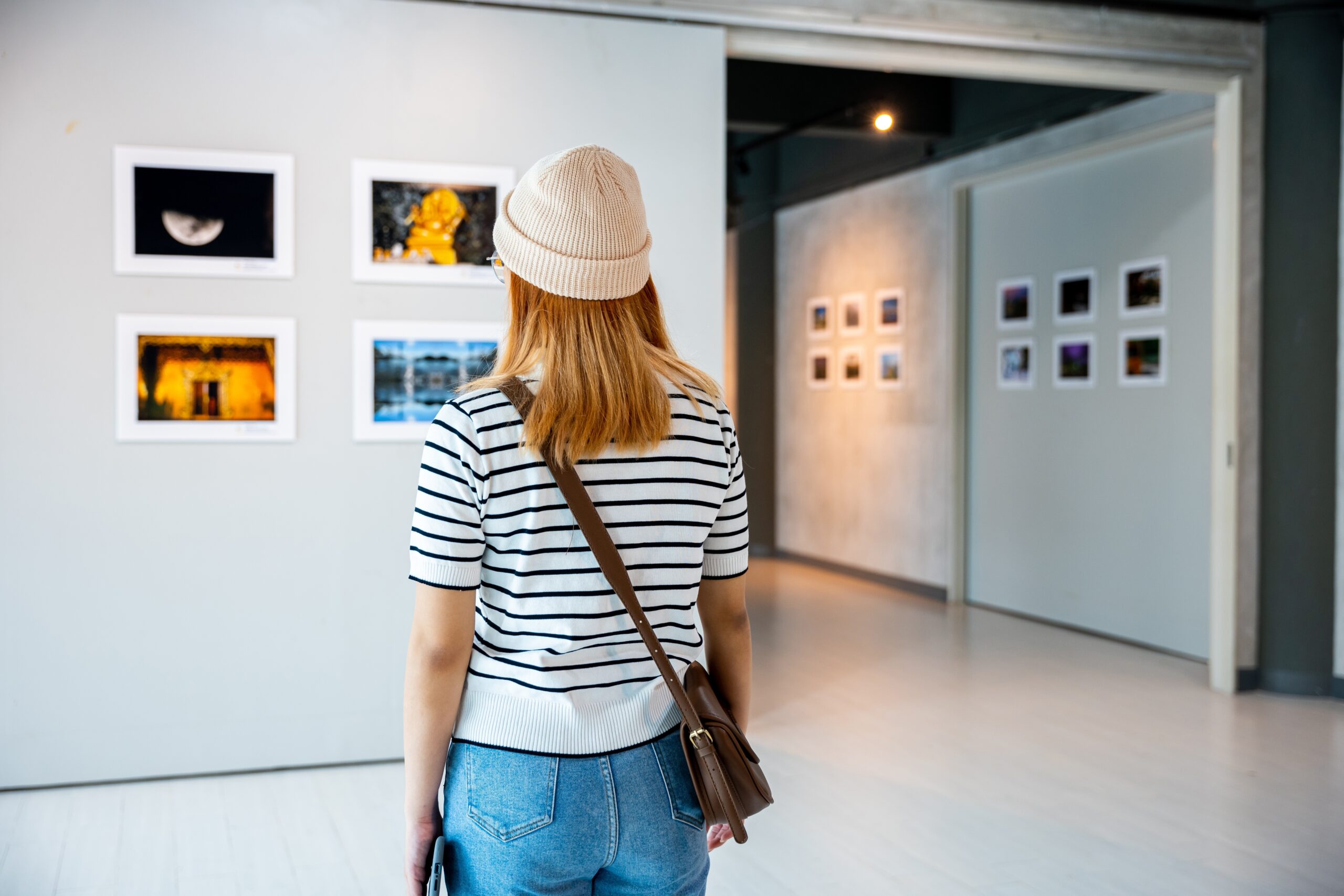
Developing relationships with art galleries can be a strategic move for anyone interested in investing in insider art. According to Artsy, galleries often represent emerging artists and can provide insights into the artists’ backgrounds, techniques, and potential for growth. By establishing a rapport with gallery owners and staff, you can gain access to exclusive previews and learn about upcoming exhibitions before they are publicly announced. These relationships can also lead to personalized recommendations tailored to your tastes and investment goals.
Moreover, galleries can offer flexible payment plans or discounts for loyal patrons, making it financially easier to invest in insider art. By supporting galleries, you also contribute to the broader art ecosystem, enabling them to continue discovering and promoting new talent. The trust and mutual respect developed through these relationships can lead to long-term partnerships, where galleries keep you informed about promising artists and trends. This insider knowledge can be invaluable in making informed investment decisions and building a diverse and rewarding art collection.
6. Explore Art Residency Programs
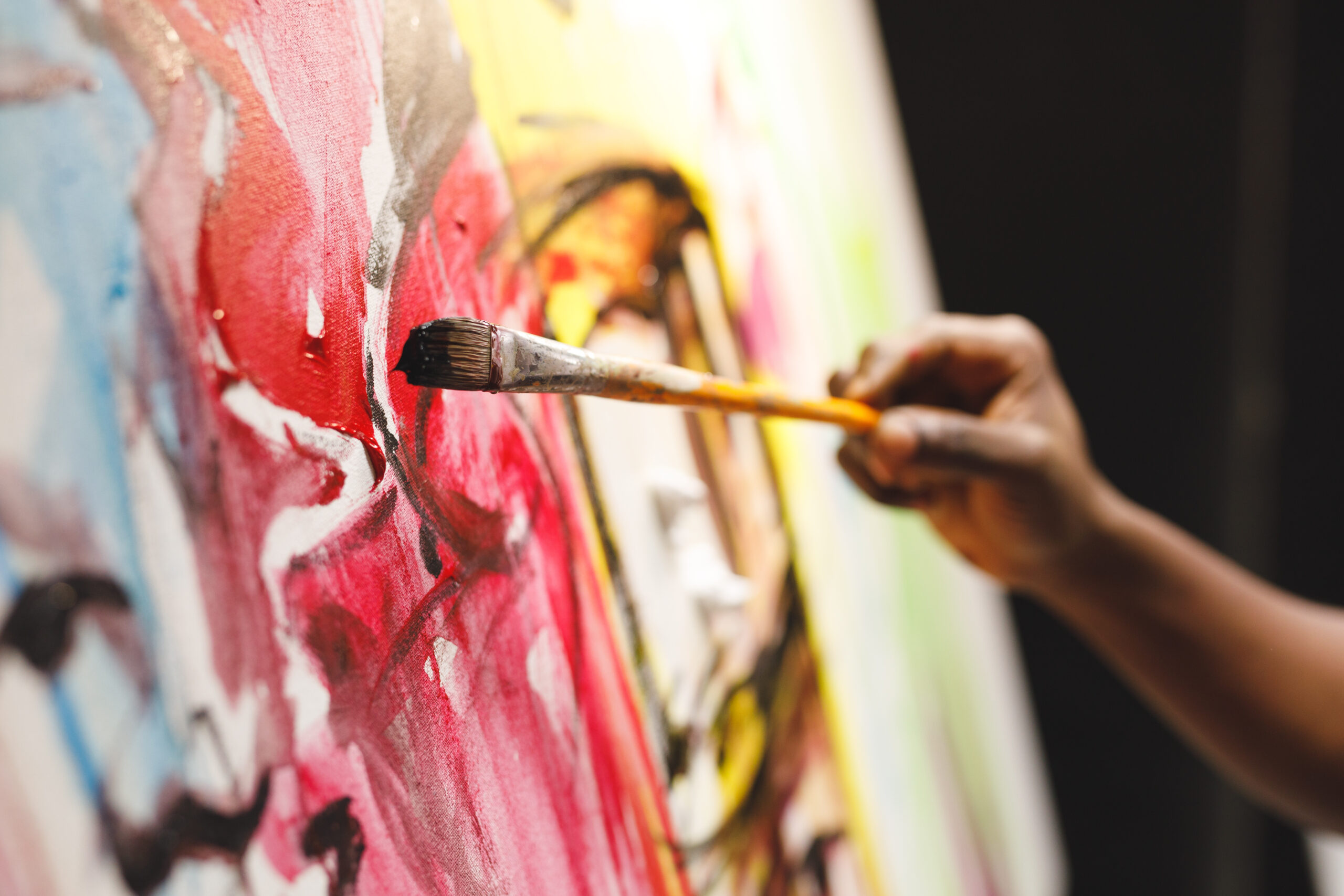
Art residency programs are a fertile ground for spotting emerging talent before it hits the mainstream. These programs provide artists with the time, space, and resources to develop their work, often resulting in innovative and experimental pieces that challenge the status quo. By keeping an eye on the artists participating in these programs, you can discover potential investment opportunities early on. Residencies often culminate in exhibitions or open studios, where you can view and purchase art before it reaches a broader audience.
Engaging with art residency programs also allows you to support artists in a meaningful way, contributing to their growth and development. Many programs are open to visitors or host events that are accessible to the public, providing an opportunity to meet artists and discuss their work firsthand. By investing in artists at this stage, you not only acquire unique and potentially lucrative pieces but also become part of the artist’s journey, fostering a connection that goes beyond commerce. This involvement can enrich your understanding and appreciation of the art, enhancing the overall investment experience.
7. Consider Art Mutual Funds

For those who prefer a more diversified approach to investing in insider art, art mutual funds offer a compelling option. These funds pool resources from multiple investors to purchase a collection of artworks, spreading the risk and potential rewards across a variety of pieces. Managed by experienced art professionals, these funds aim to identify and invest in promising artists and trends, making them an attractive option for those new to the art market. By investing in an art mutual fund, you can benefit from the expertise and market knowledge of seasoned collectors and curators.
However, it’s crucial to thoroughly research any art mutual fund before investing, as the art market can be volatile and subjective. Look for funds with a strong track record and a clear strategy for selecting and managing artworks. Understanding the fund’s fee structure and exit strategies is also essential, as these factors can significantly impact your overall returns. By choosing the right art mutual fund, you can gain exposure to a diverse range of insider art, potentially reaping financial rewards while enjoying the aesthetic and cultural value of the collection.
8. Join Art Collectors’ Clubs
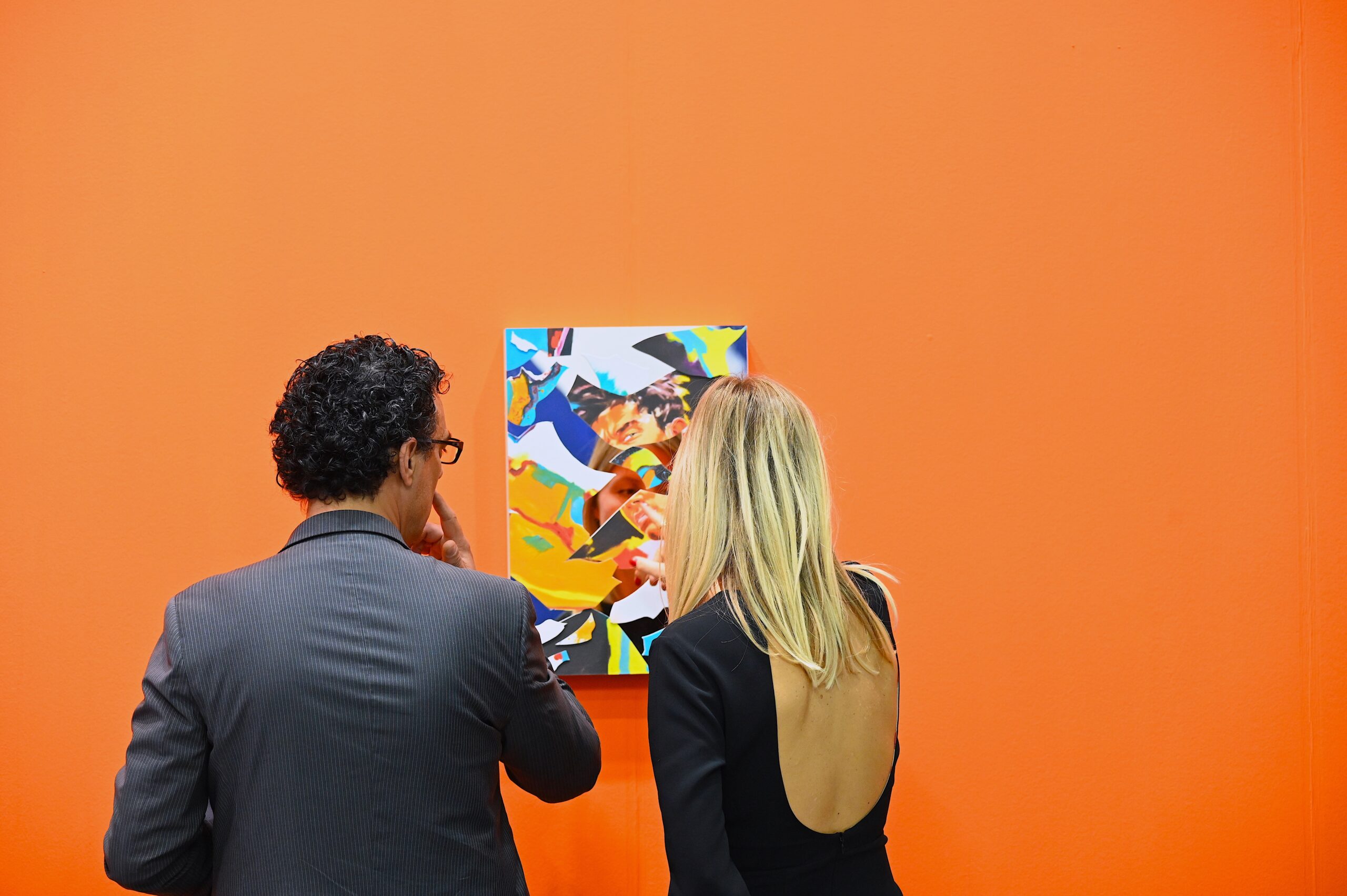
Art collectors’ clubs offer a unique platform for networking with fellow art enthusiasts and gaining insights into the world of insider art. These clubs often host events, workshops, and discussions led by industry experts, providing members with valuable knowledge and connections. By joining a collectors’ club, you can share experiences, learn from others’ successes and mistakes, and gain access to exclusive opportunities to purchase art. These clubs can also foster a sense of community and camaraderie among members, enhancing the enjoyment and cultural enrichment of art collecting.
In addition to educational benefits, collectors’ clubs may offer group discounts on art purchases or access to private gallery tours and artist meet-and-greets. These exclusive experiences can deepen your appreciation and understanding of the art, making your investments feel more personal and meaningful. By actively participating in a collectors’ club, you can stay informed about emerging trends and artists, increasing your chances of making savvy investment decisions. Overall, these clubs serve as a valuable resource for both novice and seasoned collectors, enriching the art investment journey.
9. Support Art Crowdfunding Campaigns

Crowdfunding campaigns have become a popular way for artists to fund their projects and reach new audiences, offering a unique opportunity for investors to support insider art. Platforms like Kickstarter and Indiegogo allow artists to present their ideas and seek financial backing from the public, often offering original artworks, prints, or exclusive experiences as rewards for contributors. By supporting these campaigns, you can acquire unique pieces from emerging artists while also playing a part in bringing their creative visions to life.
Investing in art through crowdfunding can also provide insights into an artist’s potential market appeal, as successful campaigns often indicate strong public interest and support. Additionally, being an early backer can foster a direct connection with the artist, offering a behind-the-scenes look at their creative process and future projects. While there is inherent risk in supporting emerging artists, the potential rewards, both financial and cultural, can be significant. By choosing carefully and staying informed, you can turn crowdfunding into a strategic component of your insider art investment strategy.
10. Stay Informed and Flexible

The world of insider art is dynamic and ever-changing, making it essential for investors to stay informed and flexible in their approach. Keeping up with industry news, trends, and market analyses can help you identify promising artists and opportunities early on. Subscribing to art publications, attending exhibitions, and participating in discussions can broaden your understanding and appreciation of the art world, informing your investment strategy. Flexibility is also crucial, as the art market can be unpredictable, requiring you to adapt your approach and expectations over time.
Remaining open to new experiences and perspectives can enhance your enjoyment and success in investing in insider art. While financial gain is often a motivating factor, the cultural and personal enrichment that comes from engaging with art should not be underestimated. By balancing financial considerations with a genuine passion for art, you can build a diverse and rewarding collection that reflects your interests and values. Ultimately, staying informed and flexible will enable you to navigate the complexities of the insider art market, maximizing both the enjoyment and potential returns of your investments.
This article is for informational purposes only and should not be construed as financial advice. Consult a financial professional before making investment or other financial decisions. The author and publisher make no warranties of any kind.








